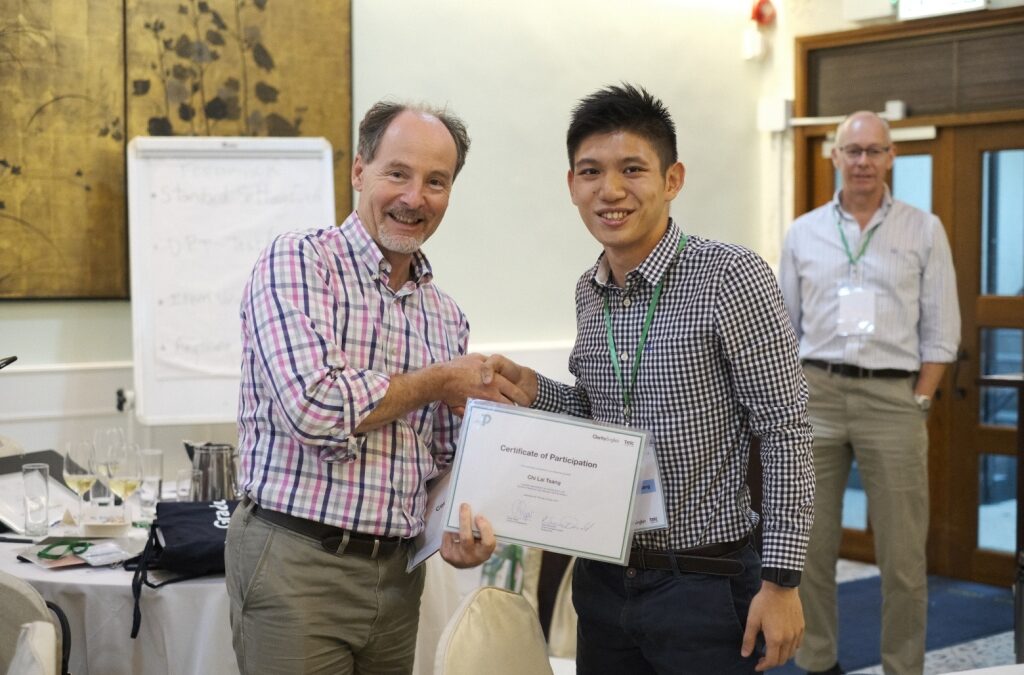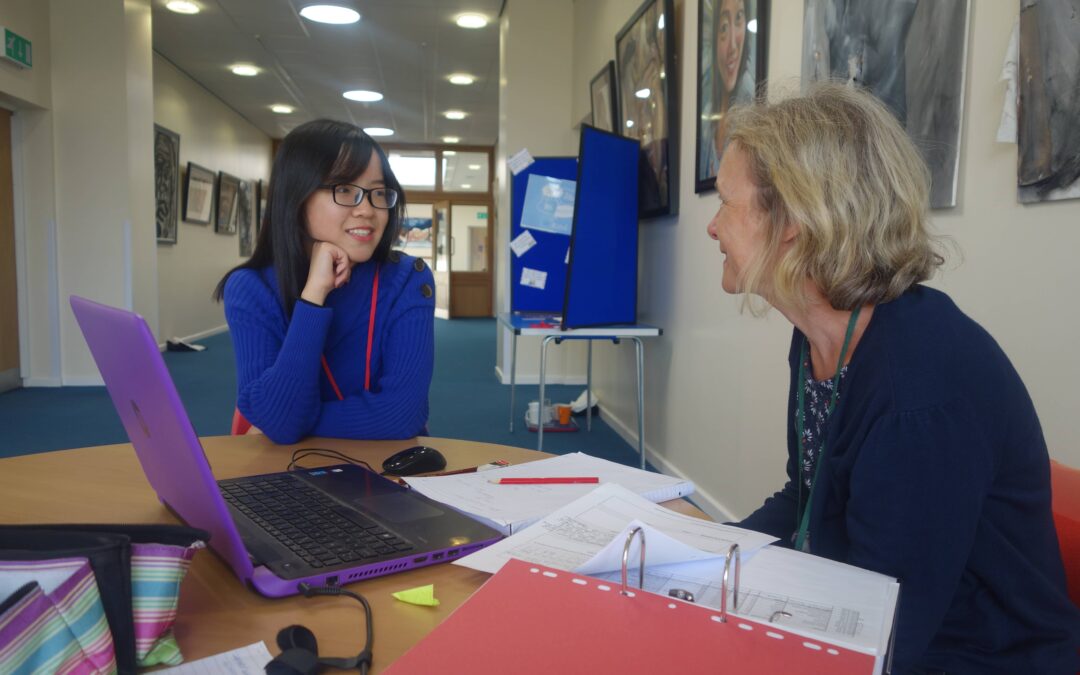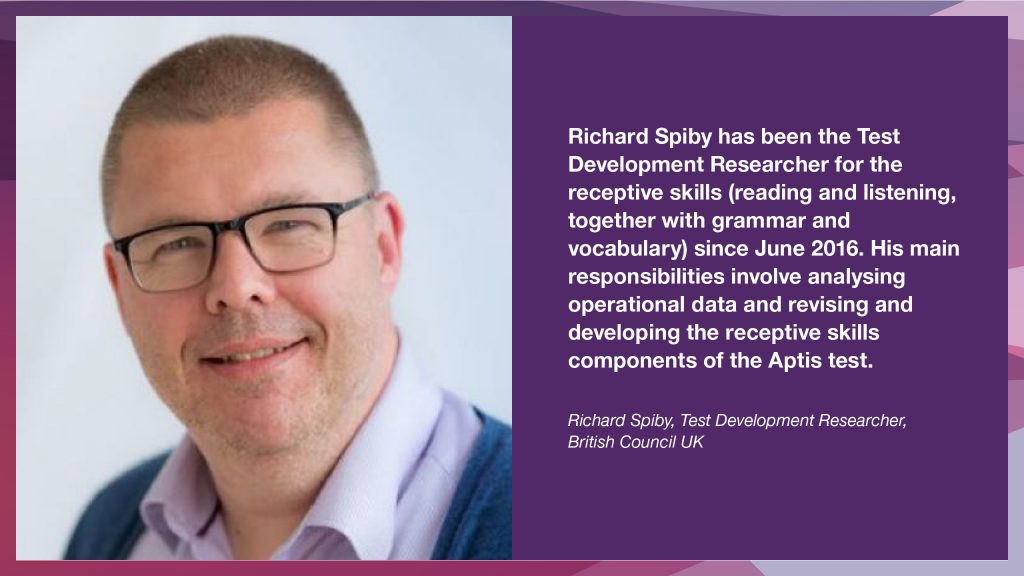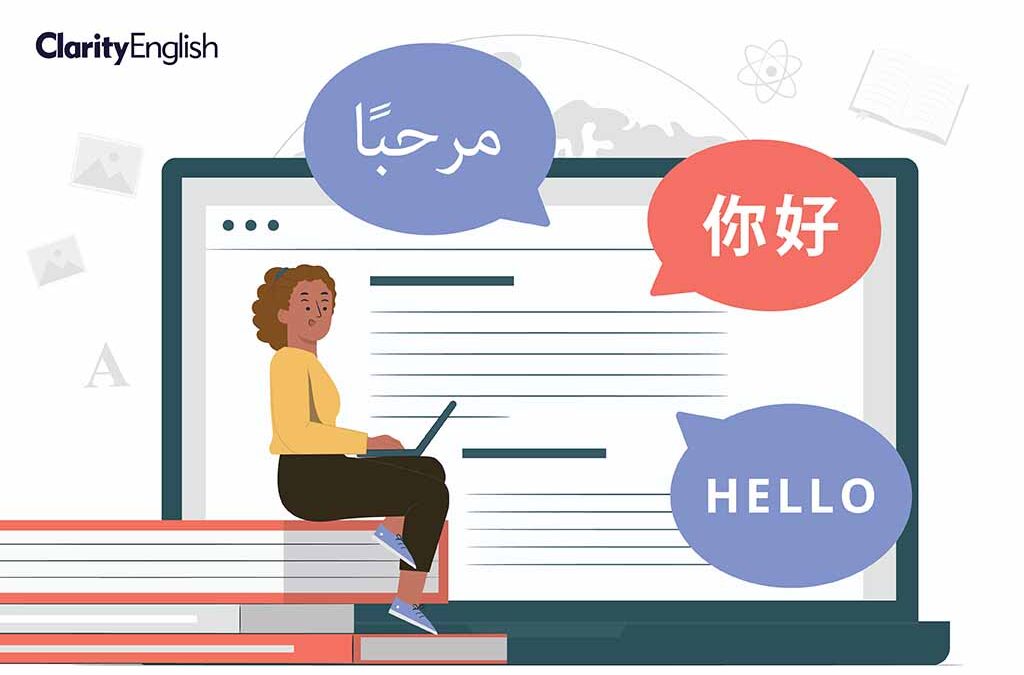At the end of our standard setting event, we asked our panelists for their opinions on the whole experience. Watch this video to find out what they said.
Search results

Learning by disagreeing: My first time as a standard setting panelist
After the Dynamic Placement Test Standard Setting event in May, we invited Mr. Chi Lai Tsang from St. Jospeh College to talk about his experience of being a panelist in Clarity’s first standard setting, and his many discoveries.

Why we test our students before they arrive
Etherton Education, based in Somerset in the UK, provides academic summer courses to students looking to study in a British boarding school or university. They explain why and how they have been using the Dynamic Placement Test for the last two years.

Do you know you’re being tested?
Andrew Stokes asks whether students should be tested via their mobiles — and whether they should even know they are being assessed.

Putting a test “to the test” — how to make it valid and reliable
Andrew Stokes looks at what goes on behind the scenes to ensure that a test is both fair and accurate.

Teaching to the test or teaching to the construct? How the CEFR supports teaching, testing and learning
In this interview, Adrian Raper talks to Richard Spiby from the British Council on CEFR and the importance of teaching to the test construct.

‘Your test isn’t accurate!’ — A test designer responds
Your student took a placement test. The result was B2. You believe he is B1. What went wrong?

Getting test takers started with the Dynamic Placement Test
Subramoni Iyer describes how his experience with students and teachers in Syria led to localised test instructions and a pre-test video.
Cultural fairness in a placement test?
In this video, Andrew Stokes discusses how we can ensure that a placement test — or any other kind of language test — is culturally fair.
“I didn’t have time to finish the test — and I’m an English teacher!”
Surely the more questions you answer in a placement test, the more points you get and the higher your score? If you can’t finish, you can’t do yourself justice. And that must invalidate the result.
